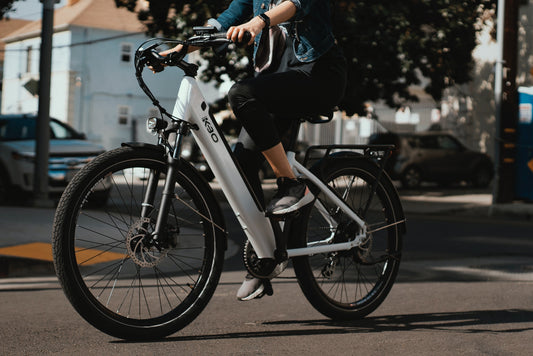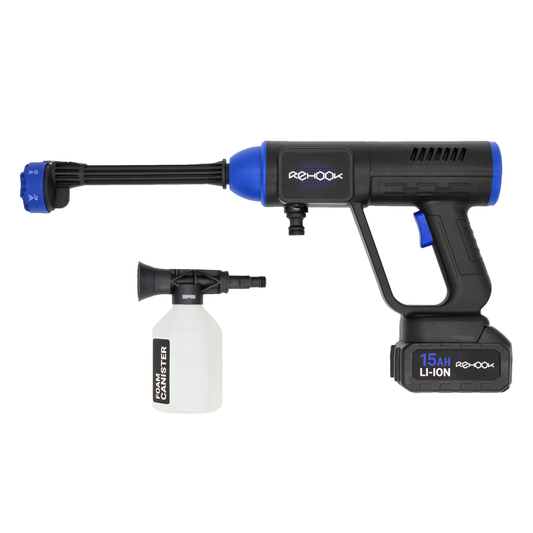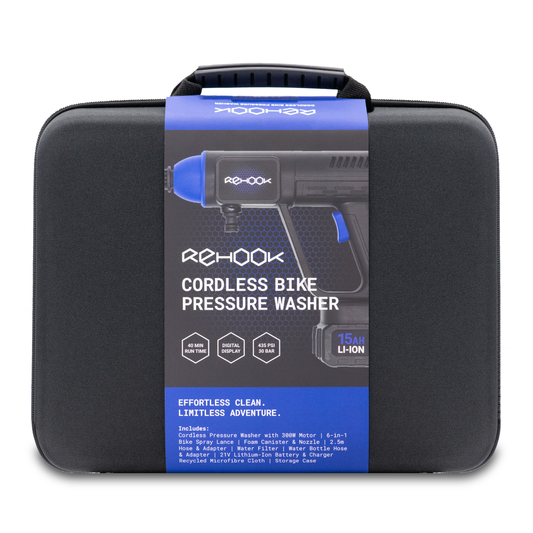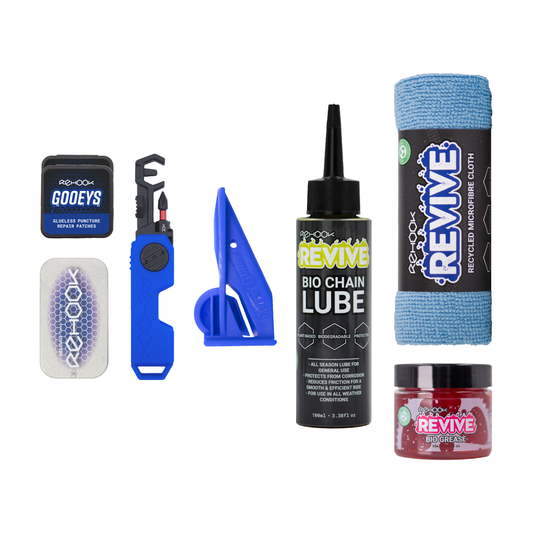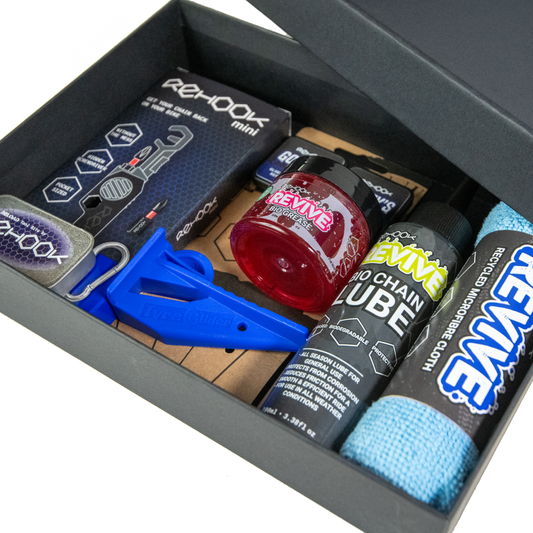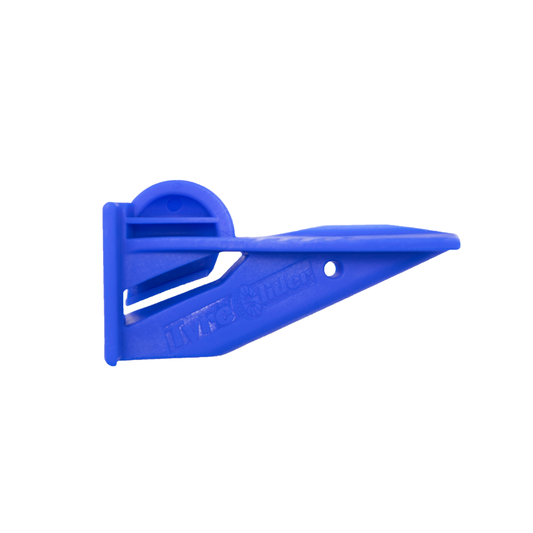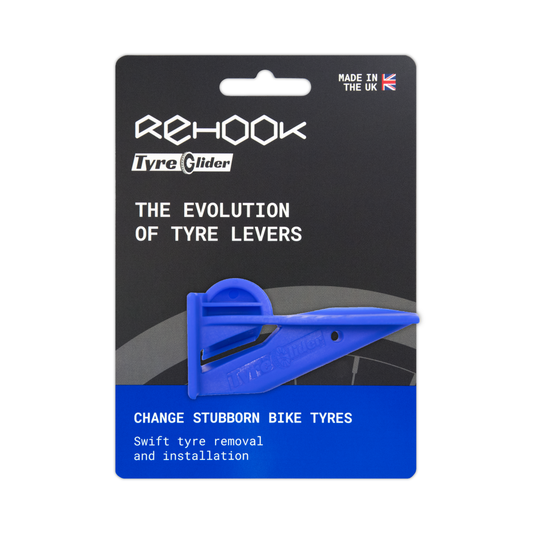roe-hănd-l-baars
noun, proper noun
Handlebars used on bicycles designed for road cycling.
Example usage: 'My road-handlebars are so comfortable for long rides.'
Most used in: Road cycling communities in the United States.
Most used by: Road cyclists who prioritize speed and agility.
Popularity: 8/10
Comedy Value: 4/10
Also see: Drop bars, Aero bars, Bullhorn bars, Pursuit bars,
What are Road Handlebars?
Road handlebars, also known as drop handlebars, are a type of handlebar commonly used on road bikes. The handlebar is curved downwards and forwards, and is designed to provide cyclists with a more aerodynamic riding position. As well as providing the cyclist with an aerodynamic advantage, the curved shape of the handlebar also allows for multiple hand positions and greater comfort over long distances.
The shape of the handlebar also allows for a greater range of motion when cycling, allowing riders to pull up and push down on the handlebar when climbing steep hills or sprinting. This helps to increase the power output of the cyclist, making them more efficient.
According to a survey conducted by the National Bicycle Dealers Association, over 50% of all adult cyclists in the United States use road handlebars. This is due to their popularity amongst competitive cyclists, as well as recreational cyclists who prefer the comfort and efficiency that they provide.
In conclusion, road handlebars are a popular type of handlebar used on road bikes due to their aerodynamic shape and multiple hand positions. They are popular amongst both competitive and recreational cyclists, and are used by over 50% of all adult cyclists in the United States.
.The Road Handlebars: A Brief History of Cycling
The term 'road handlebars' is believed to have first been used in the late 19th century in the United States. The first known use of the term was in a catalog from the Overman Wheel Company in 1896. The catalog described a bicycle handlebar made of steel and shaped “like a road handlebar”.
The road handlebars of the late 19th century were typically made of steel and featured a curved design, allowing for better control while riding. This design was popular among cyclists of the time and remained so for the next several decades. By the mid-20th century, aluminum handlebars became popular, and the road handlebar design evolved to include more aerodynamic shapes and more ergonomic designs.
Today, road handlebars come in a wide variety of shapes and sizes, and are made from a variety of materials including aluminum, carbon fiber, and titanium. They are designed to provide cyclists with greater control and maneuverability, as well as improved aerodynamics. Road handlebars are used by cyclists of all levels and disciplines, from competitive road racers to casual riders.


